Home>Furniture & Design>Interior Design Trends>How Is Uranium Glass Made
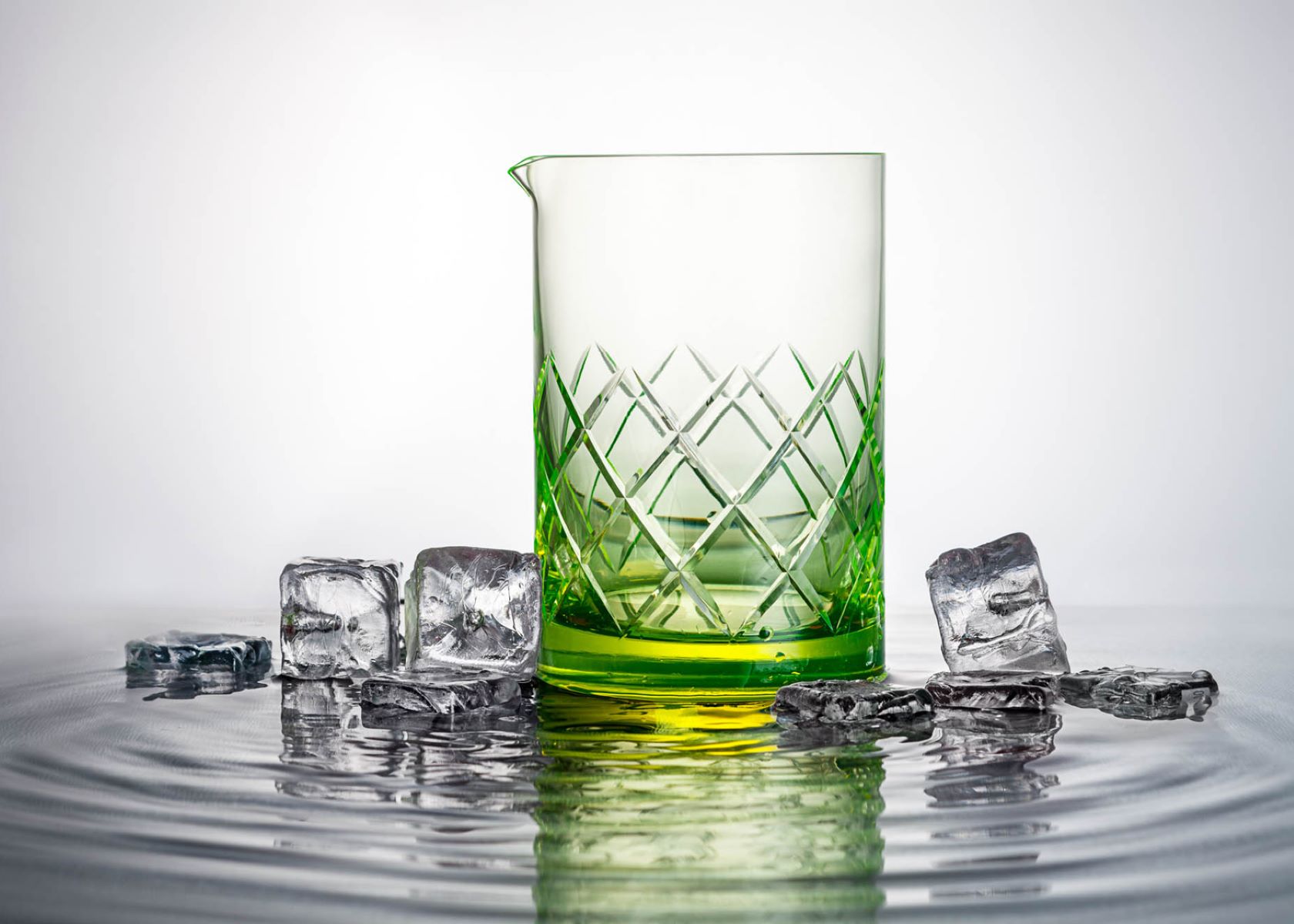

Interior Design Trends
How Is Uranium Glass Made
Modified: August 17, 2024
Discover the latest interior design trends with a deep dive into how uranium glass is made and its impact on modern decor. Explore the unique process and its influence on contemporary interior design.
(Many of the links in this article redirect to a specific reviewed product. Your purchase of these products through affiliate links helps to generate commission for Storables.com, at no extra cost. Learn more)
Introduction
Uranium glass, also known as Vaseline glass, is a captivating and unique type of glass that has been capturing the fascination of collectors and enthusiasts for centuries. Its distinct yellow-green fluorescence under ultraviolet light sets it apart from other types of glass, making it a sought-after and intriguing material for both historical and contemporary applications.
The allure of uranium glass lies in its intriguing history, distinctive appearance, and the meticulous craftsmanship involved in its production. From its origins to its modern-day significance, the story of uranium glass is a testament to the intersection of artistry, science, and cultural significance.
This article delves into the captivating world of uranium glass, exploring its rich history, the raw materials used in its production, the intricate process of creating it, and the essential safety considerations associated with its handling. By shedding light on the fascinating journey of uranium glass, we aim to provide a comprehensive understanding of this remarkable material and its enduring appeal.
Key Takeaways:
- Uranium glass, also known as Vaseline glass, has a captivating history dating back to the 19th century, with its distinctive greenish-yellow glow captivating collectors and enthusiasts worldwide.
- The meticulous process of creating uranium glass involves a harmonious blend of artistry and science, with safety considerations essential for responsible handling and display, ensuring its enduring allure can be enjoyed safely.
Read more: How To Find Uranium Glass
History of Uranium Glass
The history of uranium glass dates back to the early 19th century, marking an era of innovation and experimentation in the realm of glassmaking. The unique properties of uranium, particularly its ability to impart a distinct fluorescence to glass, captured the imagination of artisans and glassmakers, leading to the creation of this extraordinary material.
The origins of uranium glass can be traced to the discovery of uranium's fluorescent properties by German chemist Martin Heinrich Klaproth in 1789. This groundbreaking revelation sparked a wave of curiosity and exploration within the glassmaking community, as artisans sought to harness the captivating glow of uranium in their creations.
During the 1830s, the first documented instances of uranium glass production emerged in Europe, marking the inception of a new chapter in the history of glassmaking. The vibrant hues and ethereal glow of uranium glass quickly garnered attention, leading to its widespread use in the creation of decorative items, tableware, and jewelry.
The peak of uranium glass production occurred during the late 19th and early 20th centuries, with renowned glassmakers across Europe and the United States embracing the allure of this distinctive material. Its popularity soared during the Victorian era, where it became synonymous with opulence and sophistication, adorning elegant dining tables and ornate display cabinets.
Uranium glass experienced a resurgence in the 1920s and 1930s, as Art Deco and Art Nouveau movements embraced its luminous qualities, incorporating it into architectural elements, lighting fixtures, and ornamental pieces. Its mesmerizing fluorescence added a touch of mystique to the aesthetics of the era, cementing its status as a beloved and cherished medium for artistic expression.
Despite fluctuations in its popularity over the years, uranium glass has endured as a cherished collectible, with enthusiasts and collectors worldwide admiring its historical significance and captivating radiance. Today, the legacy of uranium glass lives on, cherished for its nostalgic charm and the enduring allure of its luminous, greenish-yellow glow.
The rich history of uranium glass stands as a testament to the ingenuity and creativity of glassmakers throughout the ages, showcasing the enduring appeal of this remarkable material across generations.
Raw Materials for Making Uranium Glass
The creation of uranium glass involves a meticulous selection of raw materials, each playing a crucial role in shaping the distinctive properties of this remarkable material. The key components used in the production of uranium glass include:
-
Silica: As the primary component of glass, silica serves as the foundation for uranium glass. It provides the essential structure and stability, contributing to the overall durability and clarity of the finished product.
-
Sodium Carbonate: Also known as soda ash, sodium carbonate acts as a flux, lowering the melting point of the glass batch and facilitating the fusion of other ingredients. It plays a vital role in the melting and shaping processes during glass production.
-
Calcium Carbonate: This compound serves as a stabilizer, aiding in the regulation of the glass's chemical properties and preventing excessive softening or devitrification during the manufacturing process.
-
Uranium Dioxide: The defining ingredient that bestows uranium glass with its distinctive fluorescence, uranium dioxide is responsible for the mesmerizing greenish-yellow glow exhibited by the finished glass under ultraviolet light. Its precise incorporation is essential for achieving the desired luminous effect.
-
Colorants and Additives: Depending on the desired hue and characteristics of the final product, additional colorants and additives may be introduced to the glass batch. These may include metallic oxides such as iron, cobalt, or manganese, which contribute to the diverse range of colors and visual effects achievable in uranium glass.
The meticulous combination of these raw materials, along with precise measurements and controlled heating processes, forms the foundation for the creation of uranium glass. The careful balance of ingredients and the incorporation of uranium dioxide are particularly critical, as they directly influence the glass's unique fluorescence and visual allure.
The artistry and precision involved in selecting and blending these raw materials underscore the intricate nature of uranium glass production, highlighting the harmonious interplay of science and craftsmanship in the creation of this extraordinary material.
The Process of Making Uranium Glass
The process of making uranium glass is a meticulous and intricate endeavor that combines artistry, chemistry, and precision craftsmanship. From the careful selection of raw materials to the controlled heating and shaping processes, each step plays a pivotal role in shaping the distinctive allure of uranium glass.
1. Batch Preparation
The journey begins with the precise preparation of the glass batch, where silica, sodium carbonate, calcium carbonate, and other essential components are meticulously measured and combined. The addition of uranium dioxide, the defining ingredient responsible for the glass's captivating fluorescence, requires exacting precision to achieve the desired luminous effect.
Read more: How To Date Uranium Glass
2. Melting and Fusion
Once the glass batch is meticulously prepared, it undergoes a controlled melting process in a furnace, where the raw materials fuse together at high temperatures. This fusion is a critical stage, as it allows the components to blend harmoniously, forming a molten glass mixture ready for shaping and manipulation.
3. Shaping and Forming
The molten glass is skillfully shaped and formed by experienced artisans, who employ various techniques such as blowing, molding, or pressing to achieve the desired design and structure. The artistry and expertise of these craftsmen are essential in ensuring the precision and quality of the finished uranium glass pieces.
4. Cooling and Annealing
Following the shaping process, the newly formed glass undergoes controlled cooling and annealing to relieve internal stresses and enhance its durability. This gradual cooling process is crucial for preventing structural imperfections and ensuring the integrity of the glass, setting the stage for its distinctive luminosity to emerge.
5. Polishing and Finishing
Once the glass has cooled and solidified, meticulous polishing and finishing techniques are employed to refine its surface and enhance its visual appeal. This stage involves the careful removal of any imperfections and the application of final touches to showcase the glass's inherent radiance.
Read more: How To Store Uranium Glass
6. Quality Inspection
Before reaching the hands of collectors and enthusiasts, each piece of uranium glass undergoes rigorous quality inspection to ensure its adherence to exacting standards. This meticulous scrutiny guarantees that the glass exhibits the characteristic fluorescence and visual allure that define uranium glass.
The process of making uranium glass encapsulates a harmonious blend of scientific precision and artistic finesse, culminating in the creation of a material that continues to captivate and inspire across generations. From its origins in the 19th century to its enduring appeal in the modern era, uranium glass stands as a testament to the enduring legacy of craftsmanship and innovation in the realm of glassmaking.
Safety Considerations
When engaging with uranium glass, it is essential to prioritize safety considerations due to the presence of uranium dioxide, which imparts the glass with its distinctive fluorescence. While uranium glass is cherished for its captivating visual allure, it is crucial to handle and interact with it responsibly to mitigate potential risks associated with its radioactive component.
Handling and Storage
Proper handling and storage practices are paramount when dealing with uranium glass. It is advisable to minimize direct contact with the glass, particularly for extended periods, to reduce potential exposure to radiation. When storing uranium glass items, ensuring adequate ventilation and minimal physical contact can help mitigate any potential health concerns.
Limiting Exposure
Limiting prolonged exposure to uranium glass is a fundamental safety measure. While the levels of radiation emitted by uranium glass are generally low and pose minimal risk under normal circumstances, exercising caution and moderation in handling and display can contribute to a safe and enjoyable experience with these unique glass pieces.
Read more: How Radioactive Is Uranium Glass
Display Considerations
When showcasing uranium glass in living spaces or exhibits, thoughtful consideration should be given to the placement and duration of display. Positioning the glass in well-ventilated areas and avoiding prolonged close proximity can help minimize any potential health implications. Additionally, incorporating protective barriers or enclosures for particularly valuable or frequently handled pieces can provide an added layer of safety.
Hygiene and Maintenance
Maintaining good hygiene practices when handling uranium glass is essential. Regularly washing hands after interacting with the glass can help mitigate any residual concerns. Furthermore, ensuring the cleanliness of display surfaces and storage areas can contribute to a safe and hygienic environment for enjoying and appreciating uranium glass items.
Regulatory Compliance
Adhering to relevant regulatory guidelines and recommendations pertaining to the handling and display of uranium glass is crucial. Familiarizing oneself with local regulations and best practices can provide valuable insights into ensuring the safe enjoyment and preservation of uranium glass collections.
By conscientiously integrating these safety considerations into the interaction with uranium glass, enthusiasts and collectors can continue to appreciate the unique beauty and historical significance of these remarkable pieces while prioritizing their well-being and safety.
The safety considerations outlined here serve as a guide for fostering a responsible and informed approach to engaging with uranium glass, ensuring that its enduring allure can be enjoyed in a manner that prioritizes both appreciation and well-being.
Conclusion
In conclusion, the captivating journey of uranium glass unveils a rich tapestry of history, artistry, and scientific ingenuity. From its origins in the 19th century to its enduring allure in the modern era, uranium glass stands as a testament to the enduring legacy of craftsmanship and innovation in the realm of glassmaking.
The remarkable properties of uranium glass, characterized by its mesmerizing fluorescence and distinctive greenish-yellow glow, have captivated the imagination of collectors and enthusiasts for generations. Its historical significance, marked by periods of widespread popularity and enduring appeal, underscores the enduring fascination with this extraordinary material.
The meticulous process of creating uranium glass, from the precise selection and blending of raw materials to the skilled craftsmanship involved in shaping and finishing each piece, exemplifies the harmonious interplay of artistry and science. The careful incorporation of uranium dioxide, the defining ingredient responsible for the glass's captivating luminosity, underscores the precision and expertise required to produce these remarkable glass pieces.
Furthermore, the safety considerations associated with uranium glass emphasize the importance of responsible handling and display practices, ensuring that enthusiasts and collectors can continue to appreciate these unique glass items in a manner that prioritizes both enjoyment and well-being.
As uranium glass continues to inspire and enthrall, its legacy endures as a testament to the enduring allure of historical craftsmanship and the timeless appeal of its distinctive radiance. Whether adorning elegant dining tables, enriching decorative collections, or serving as a focal point of artistic expression, uranium glass continues to weave its luminous charm into the fabric of art and history.
In essence, the story of uranium glass transcends time, inviting us to marvel at the intersection of art, science, and cultural significance. Its enduring allure serves as a reminder of the enduring legacy of craftsmanship and innovation, captivating the hearts and minds of enthusiasts and collectors worldwide. As we continue to cherish and preserve the legacy of uranium glass, we honor the artistry and ingenuity that have shaped its remarkable journey through the annals of history.
Frequently Asked Questions about How Is Uranium Glass Made
Was this page helpful?
At Storables.com, we guarantee accurate and reliable information. Our content, validated by Expert Board Contributors, is crafted following stringent Editorial Policies. We're committed to providing you with well-researched, expert-backed insights for all your informational needs.
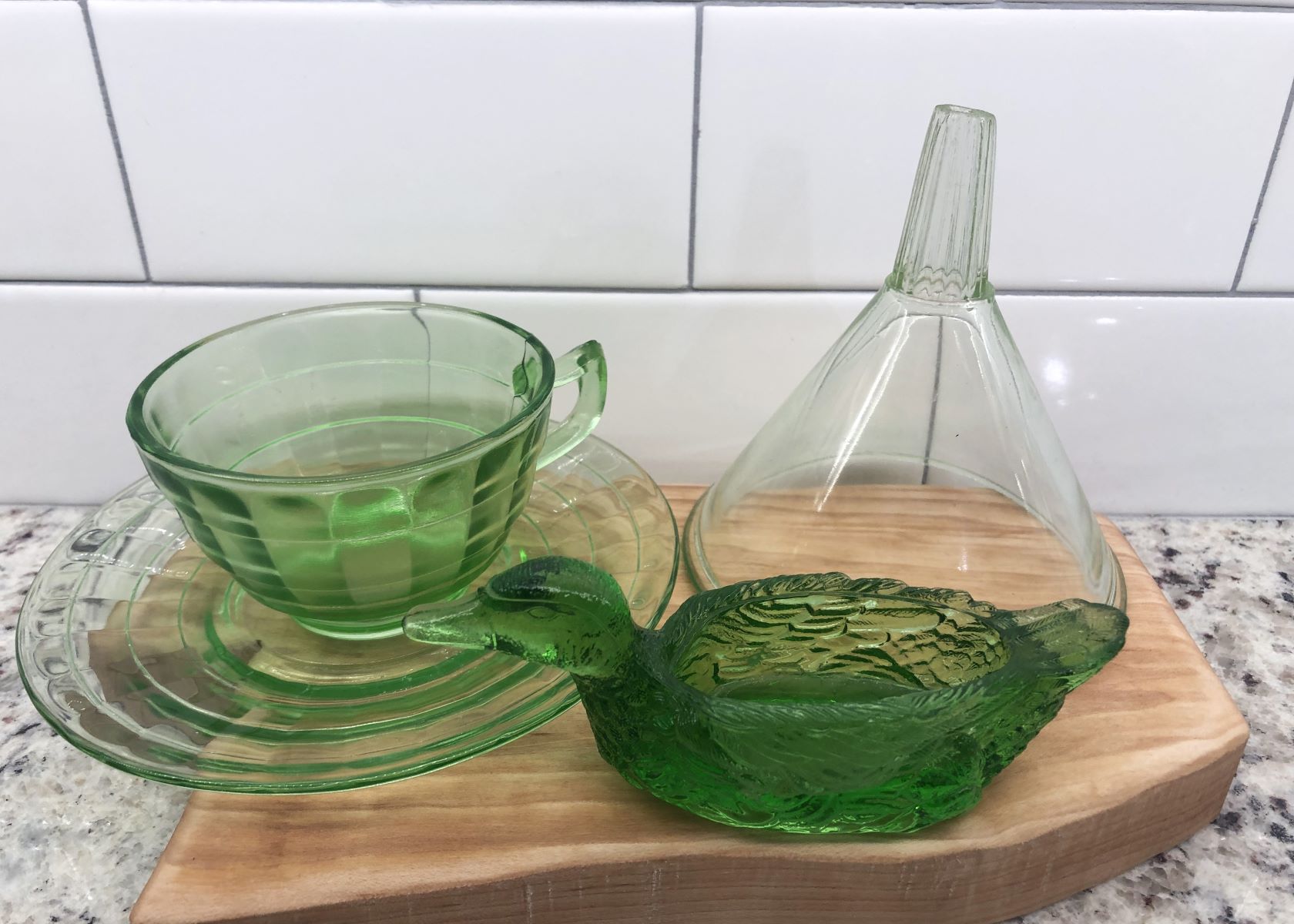
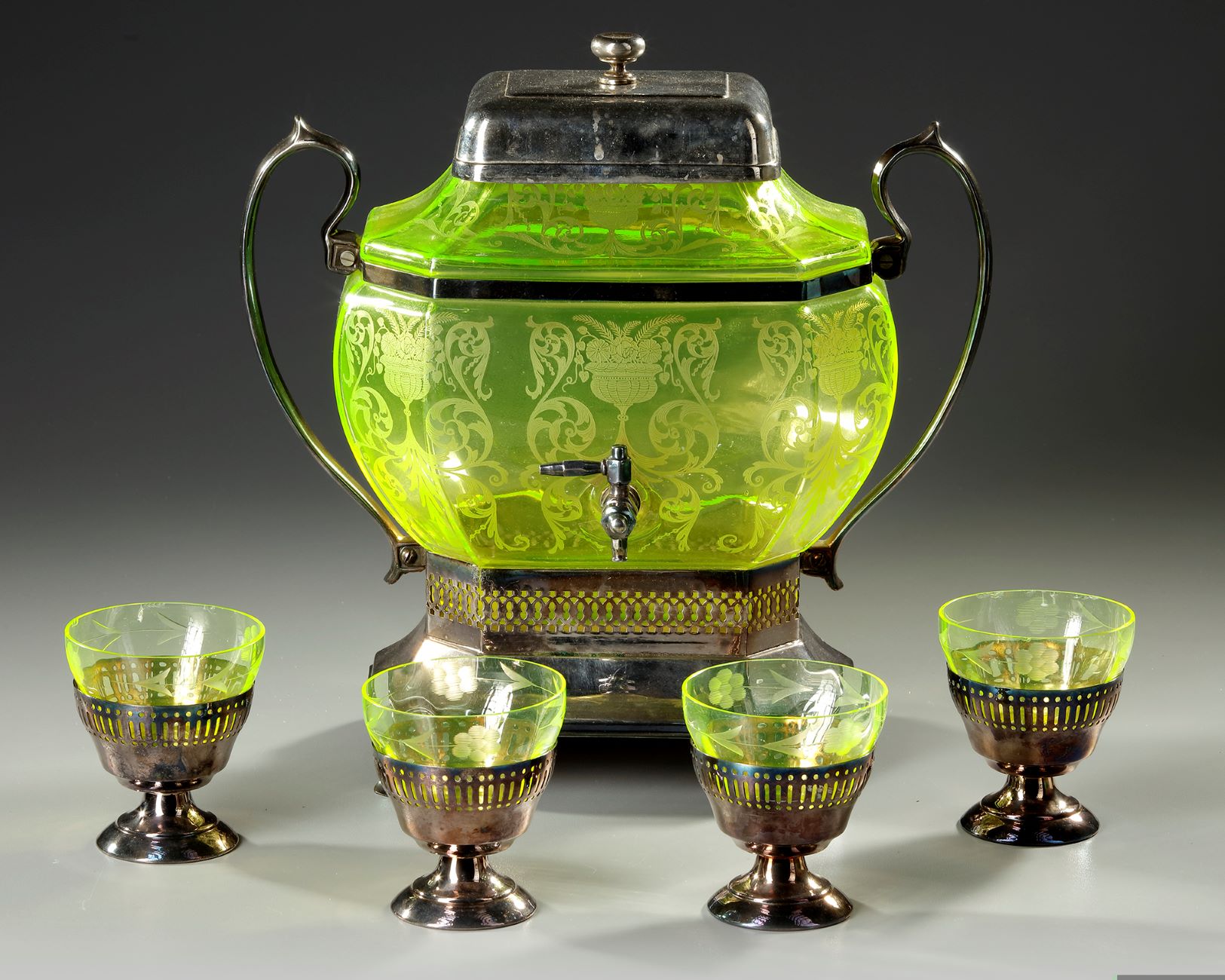
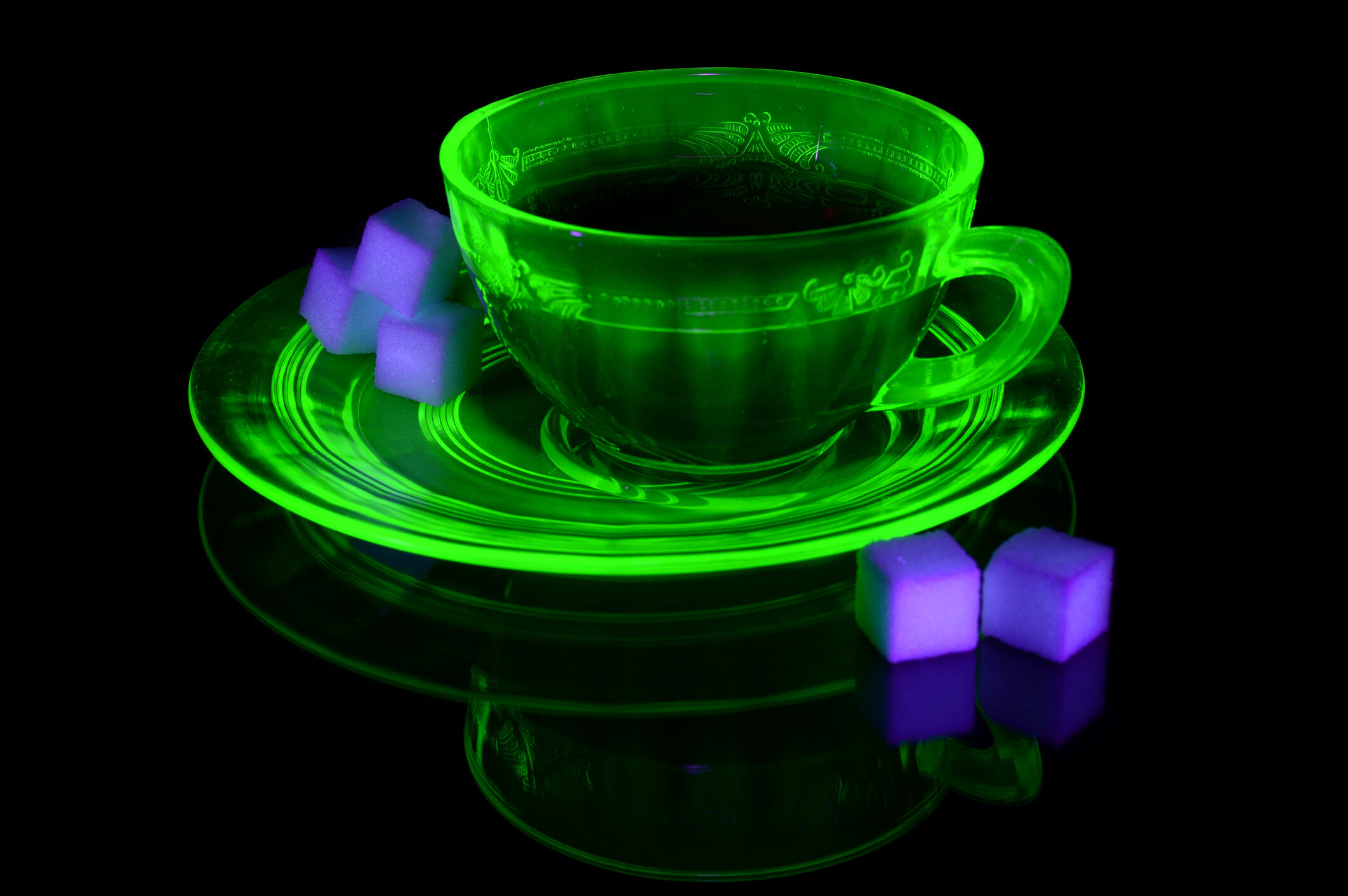
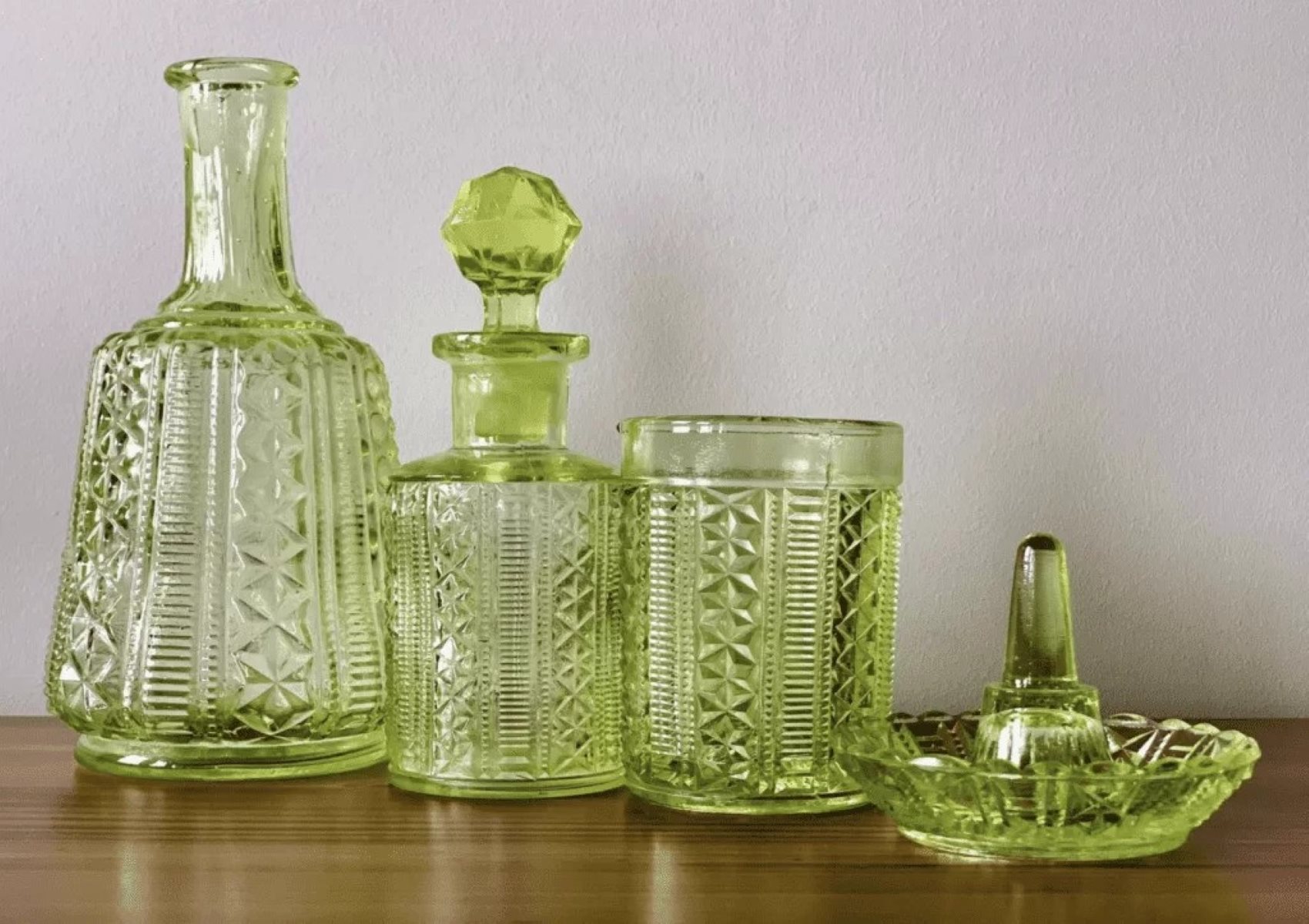
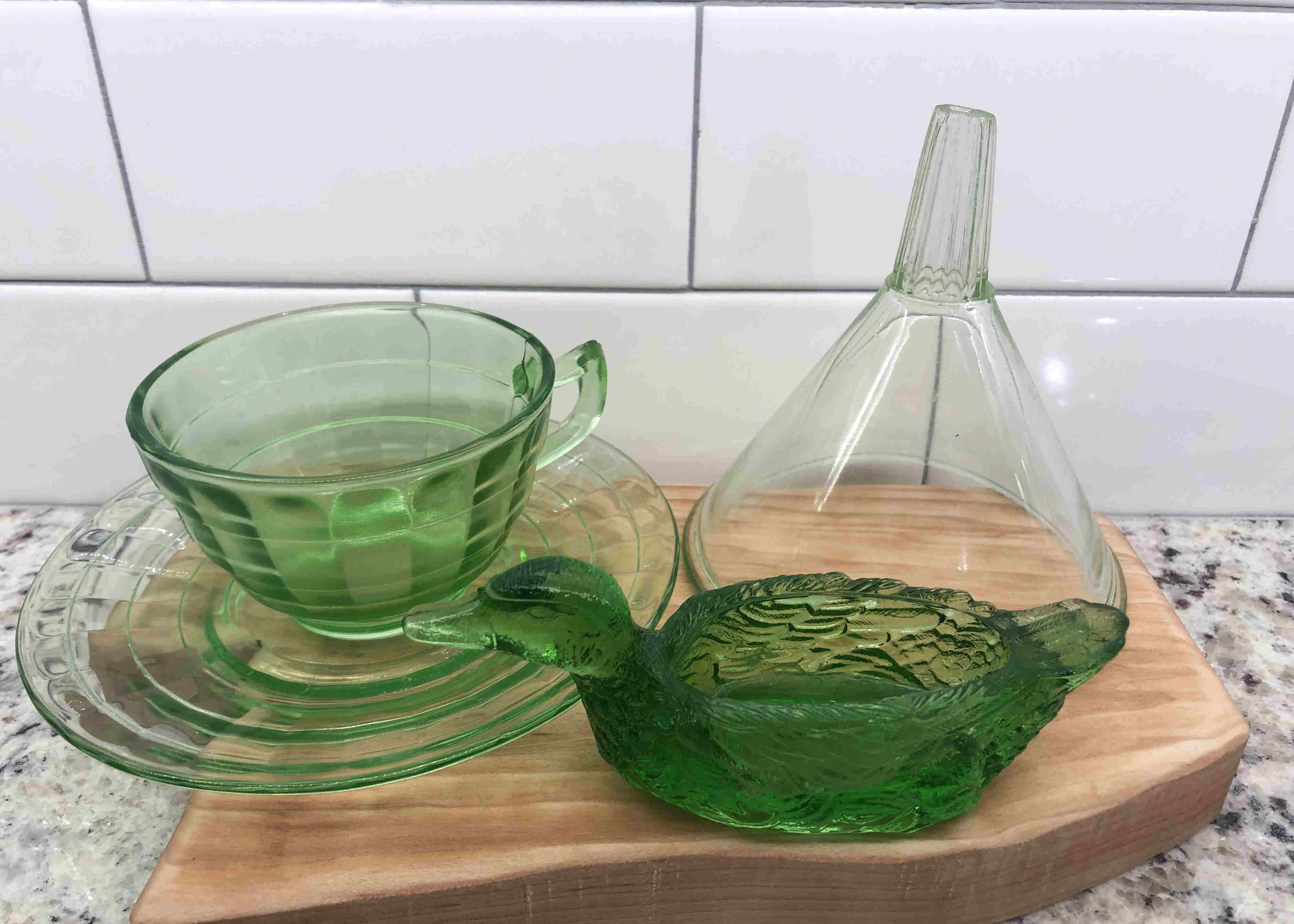
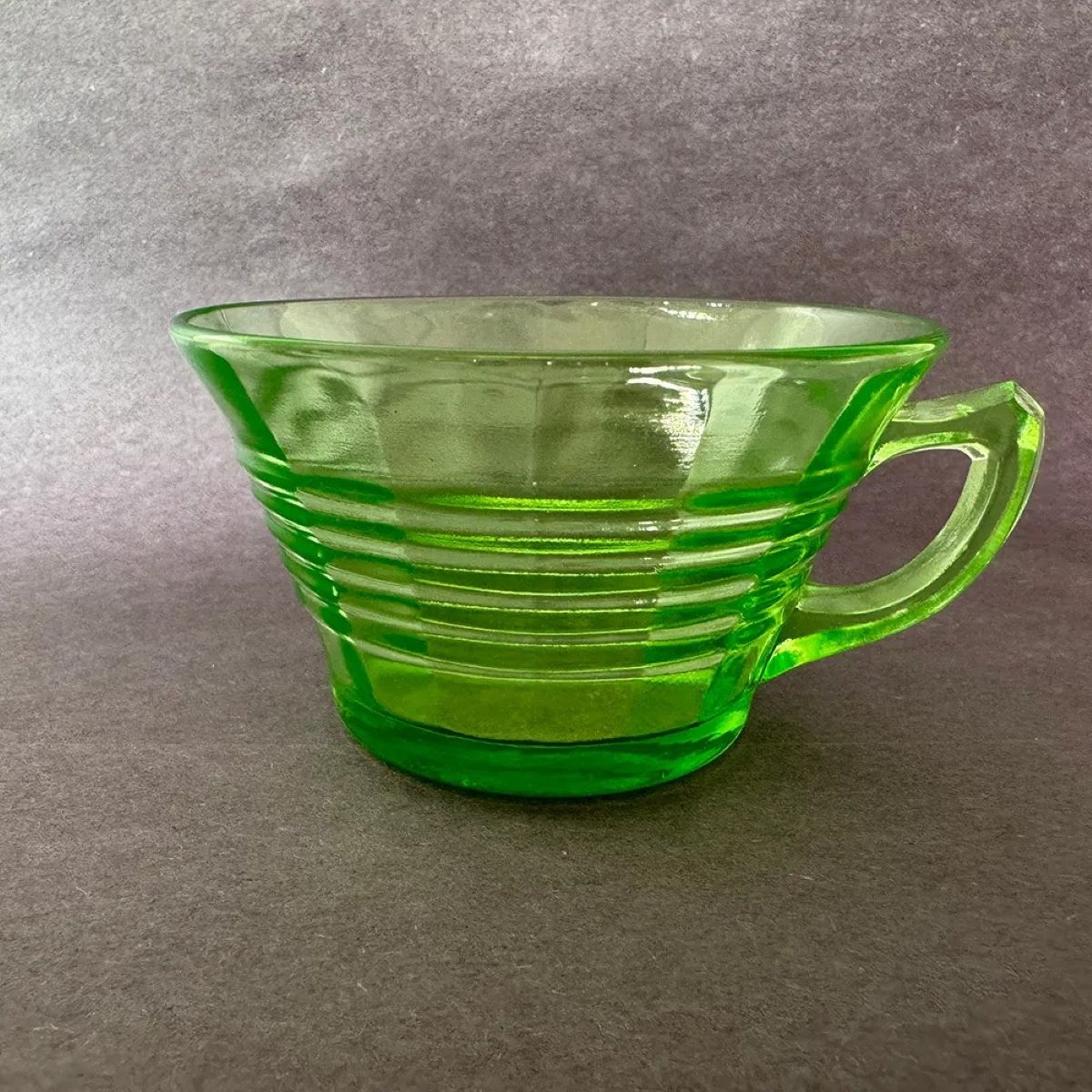
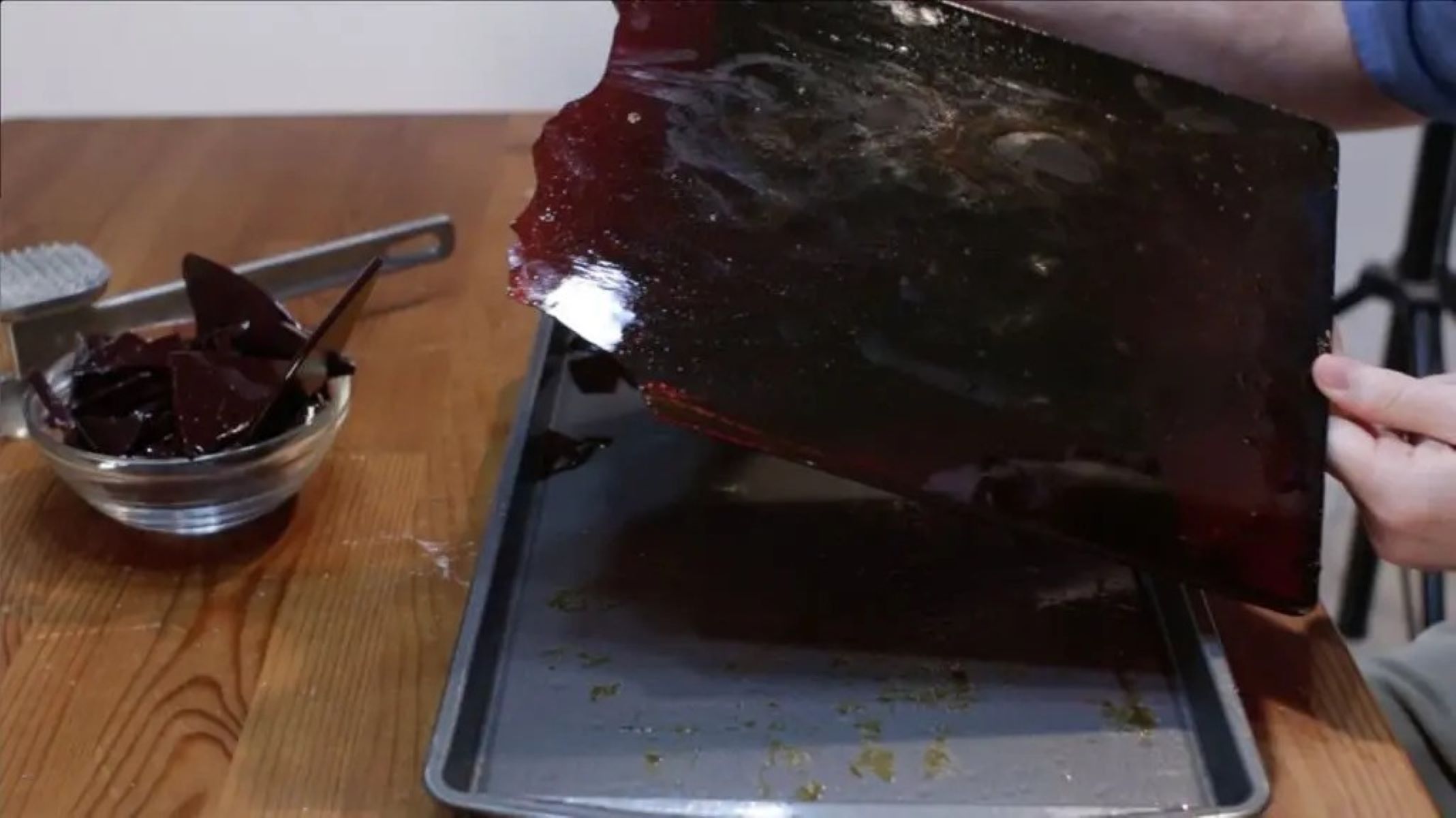
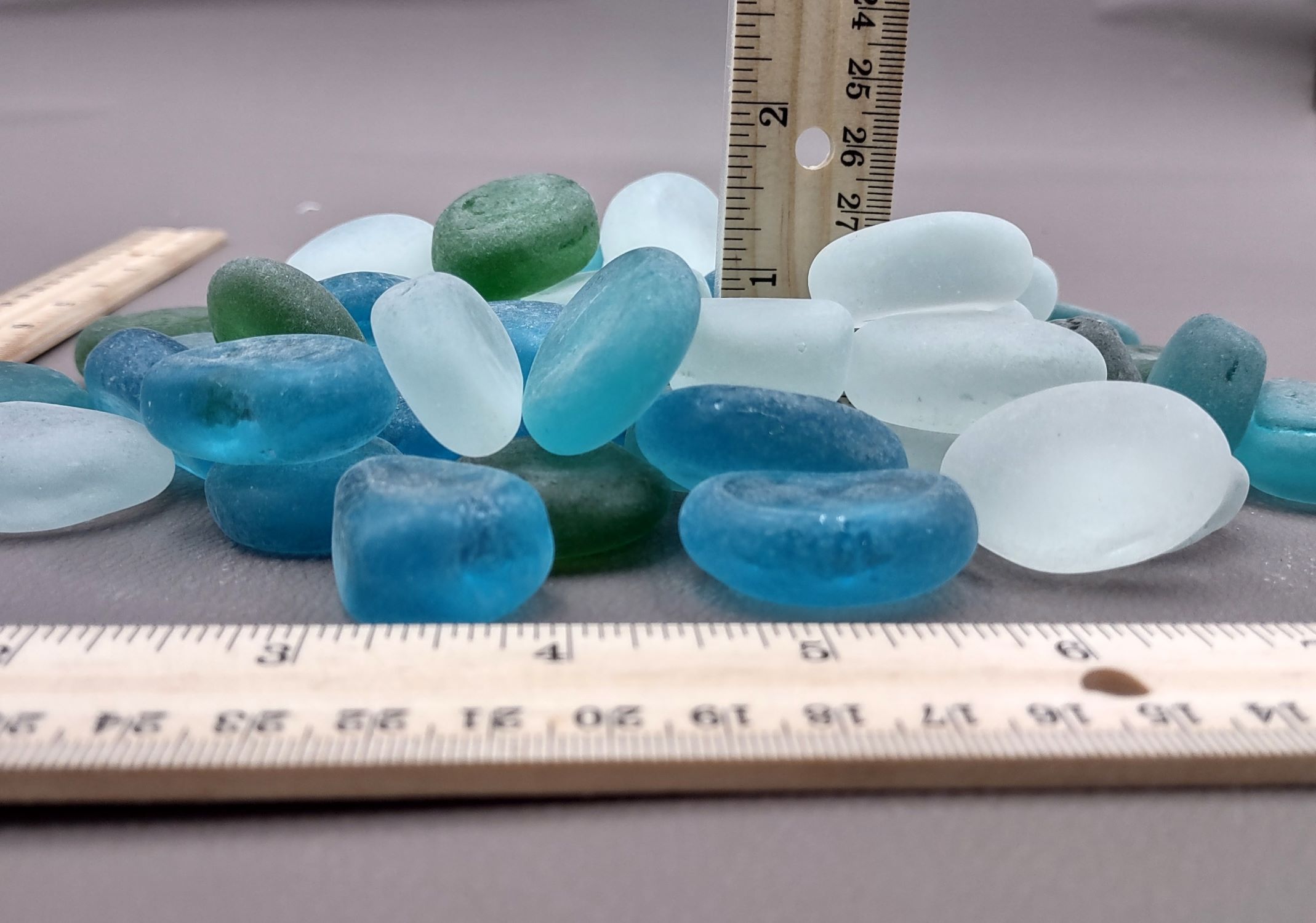
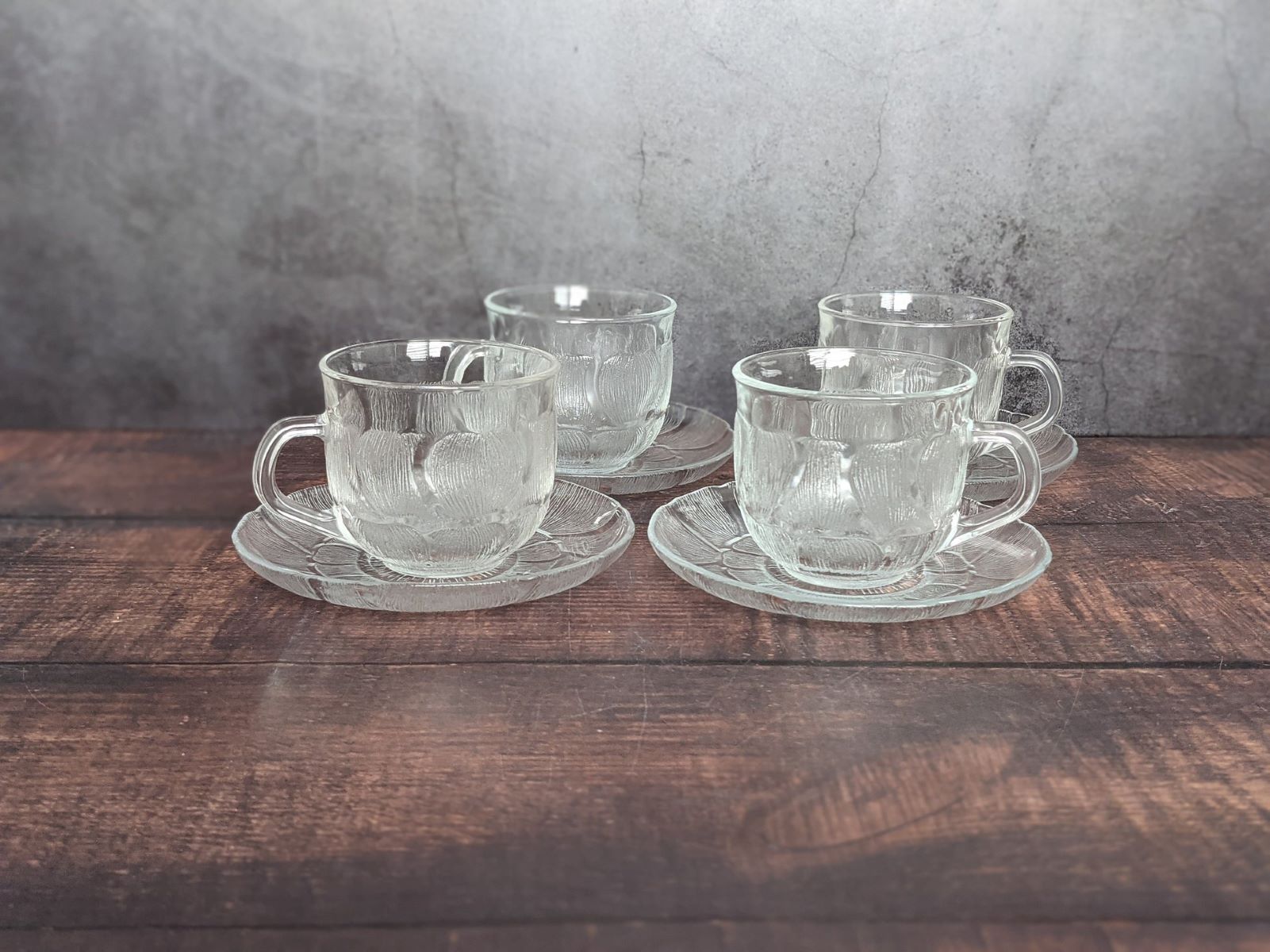
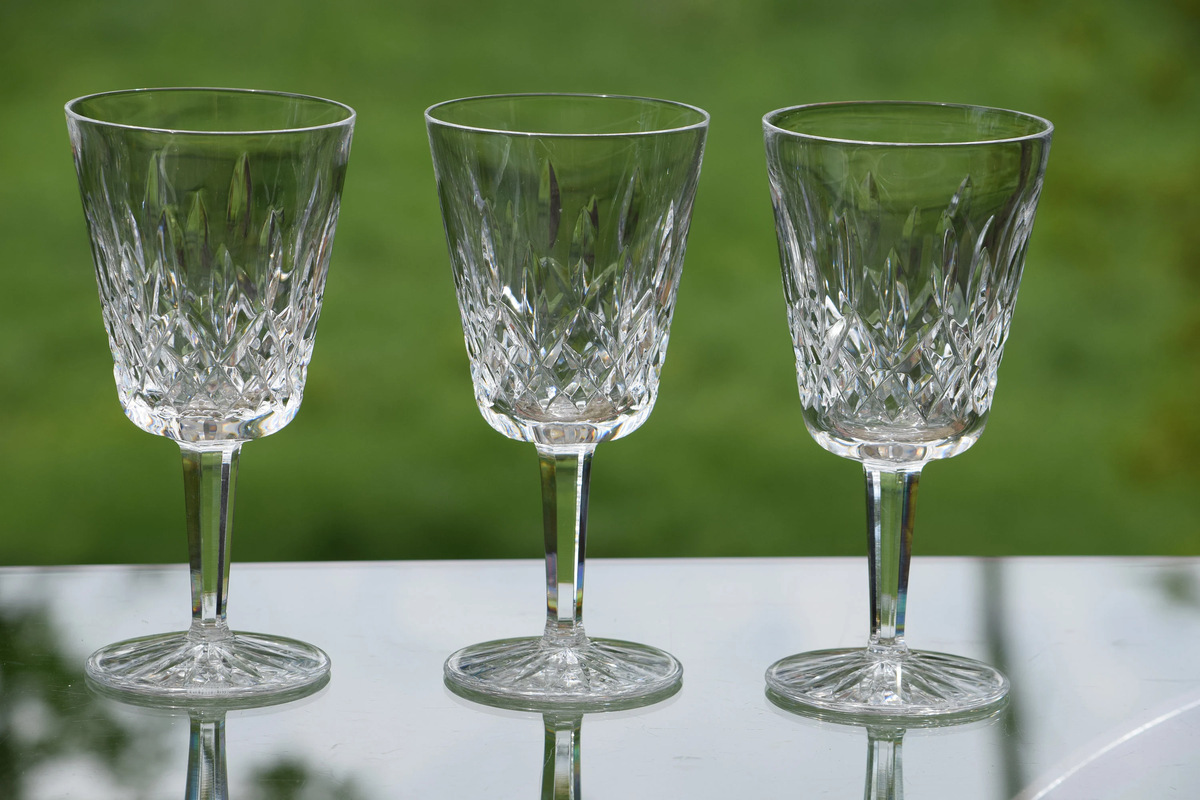
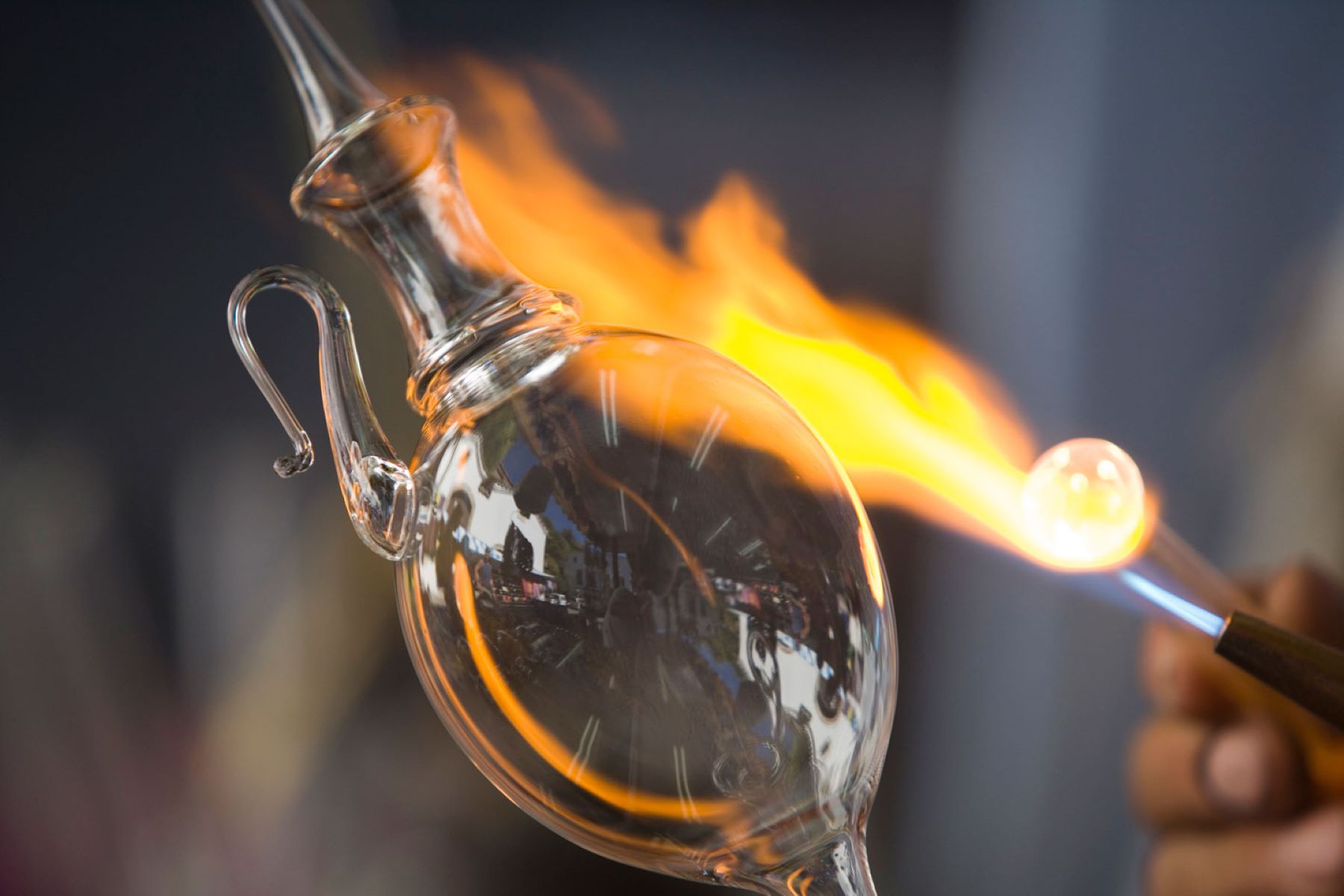
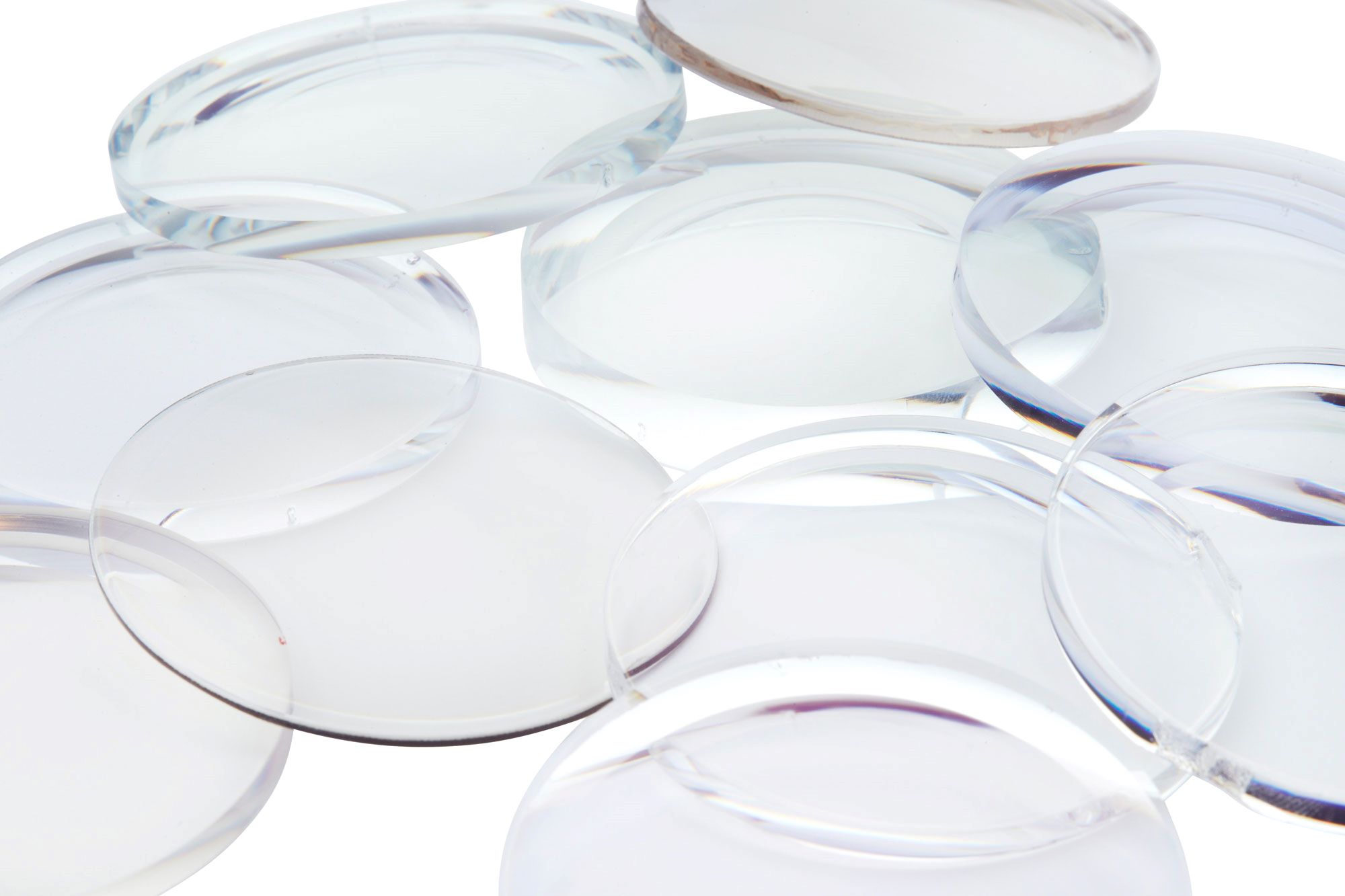

0 thoughts on “How Is Uranium Glass Made”